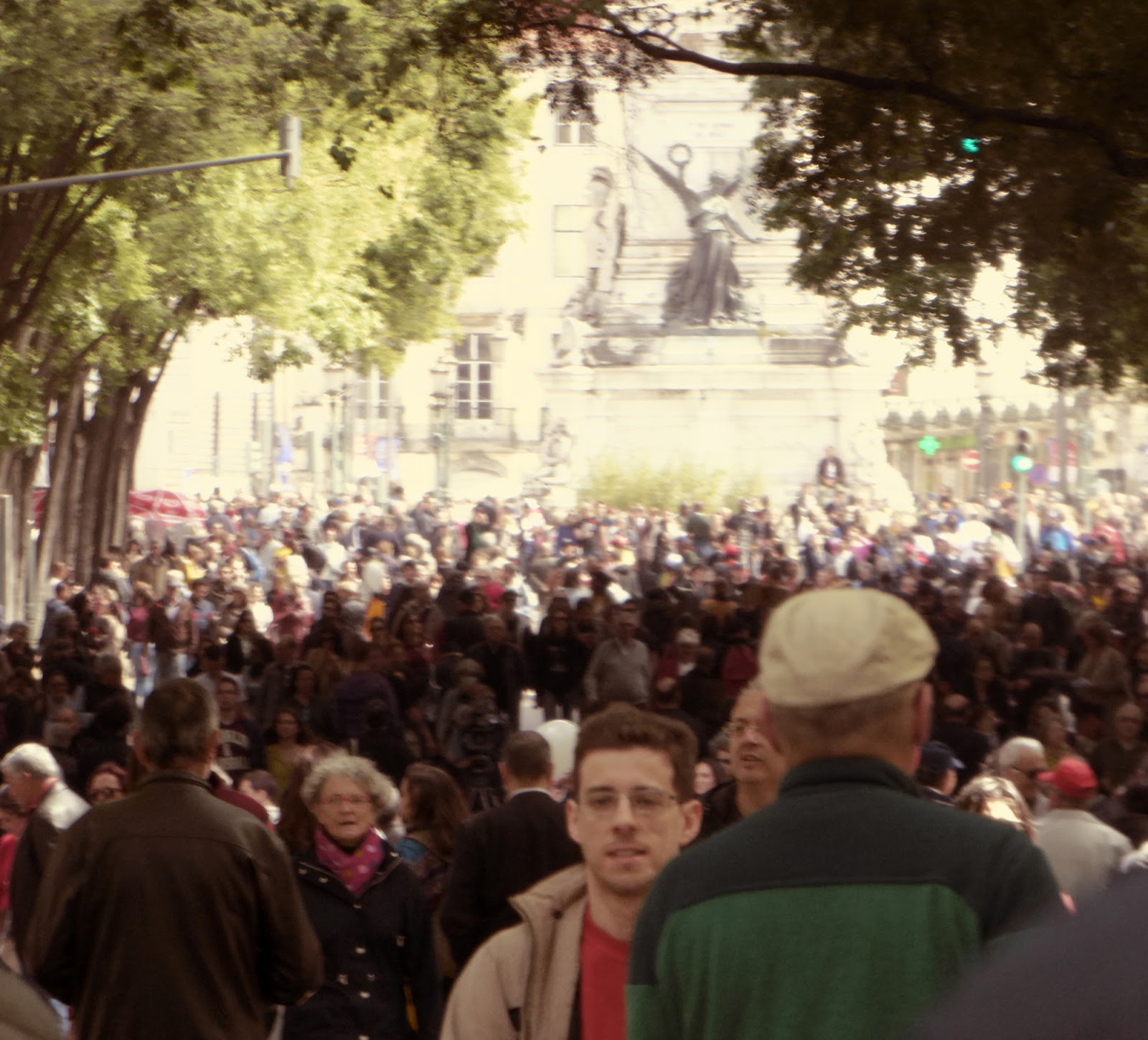The CITY in crisis in times of pandemic

In 2006, the architect Manuel Graça Dias published a compilation of texts written over 2 years for the Portuguese weekly newspaper Expresso, which he entitled Manual das Cidades (1). Like no other, he was a man of the CITY. With pride, joy and immense pleasure of living in The CITY. All his theoretical work and buildings are generous invitations for us to like cities, as much as he did. About 16 years after the publication, within the crisis we are going through worldwide, the questions and reflections of Manuel Graça Dias are more than welcome and absolutely relevant. It begins as follows: Why do we like cities? What do we like about cities? Why do cities attract us? "First of all, it is clear that the CITY is a collective territory, conformed to allow life in common. Many different people sharing, dividing, using a huge structure, built together (...) a project of collective life". It just so happens, that this kind of public, collective territory,





